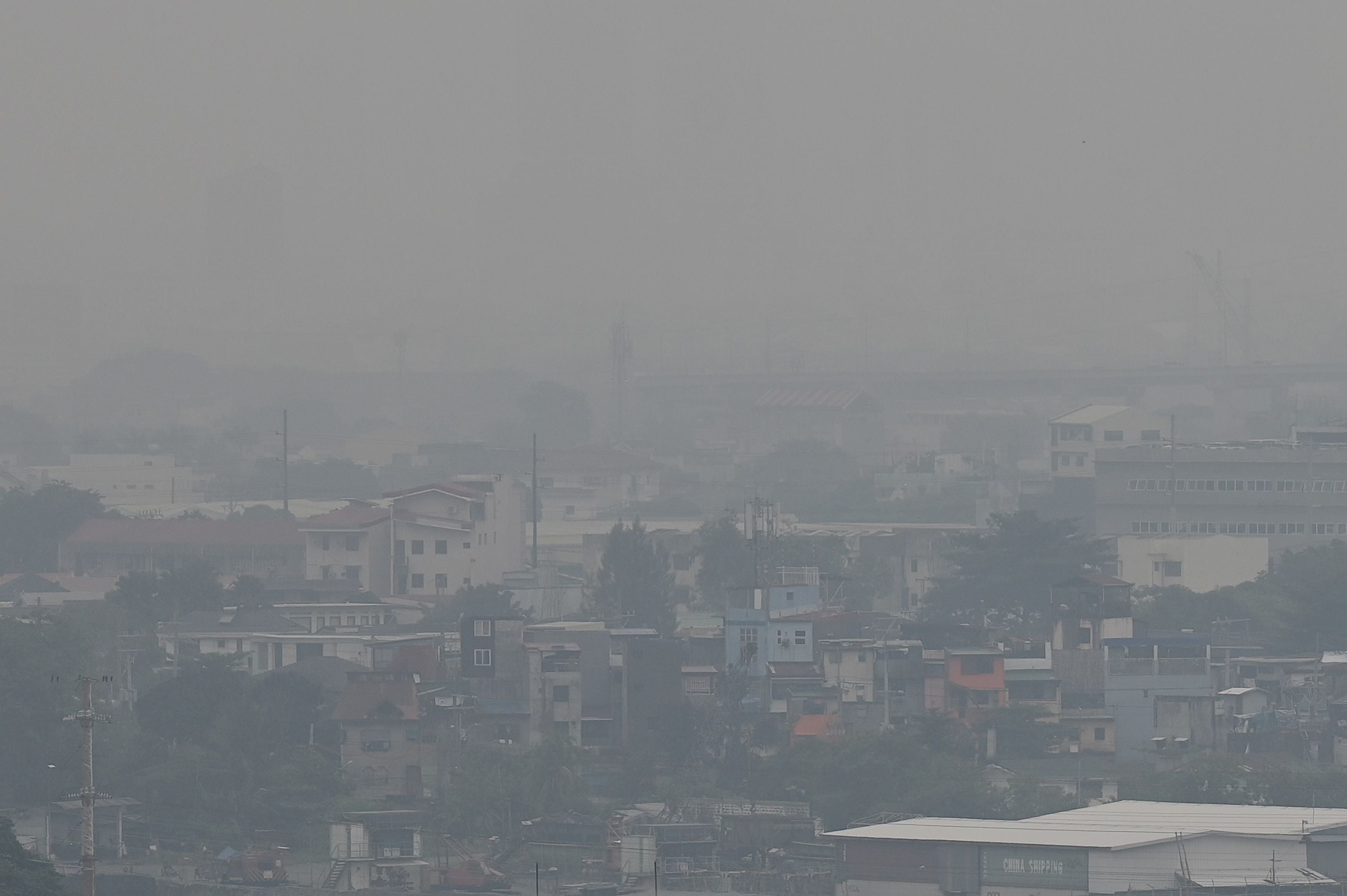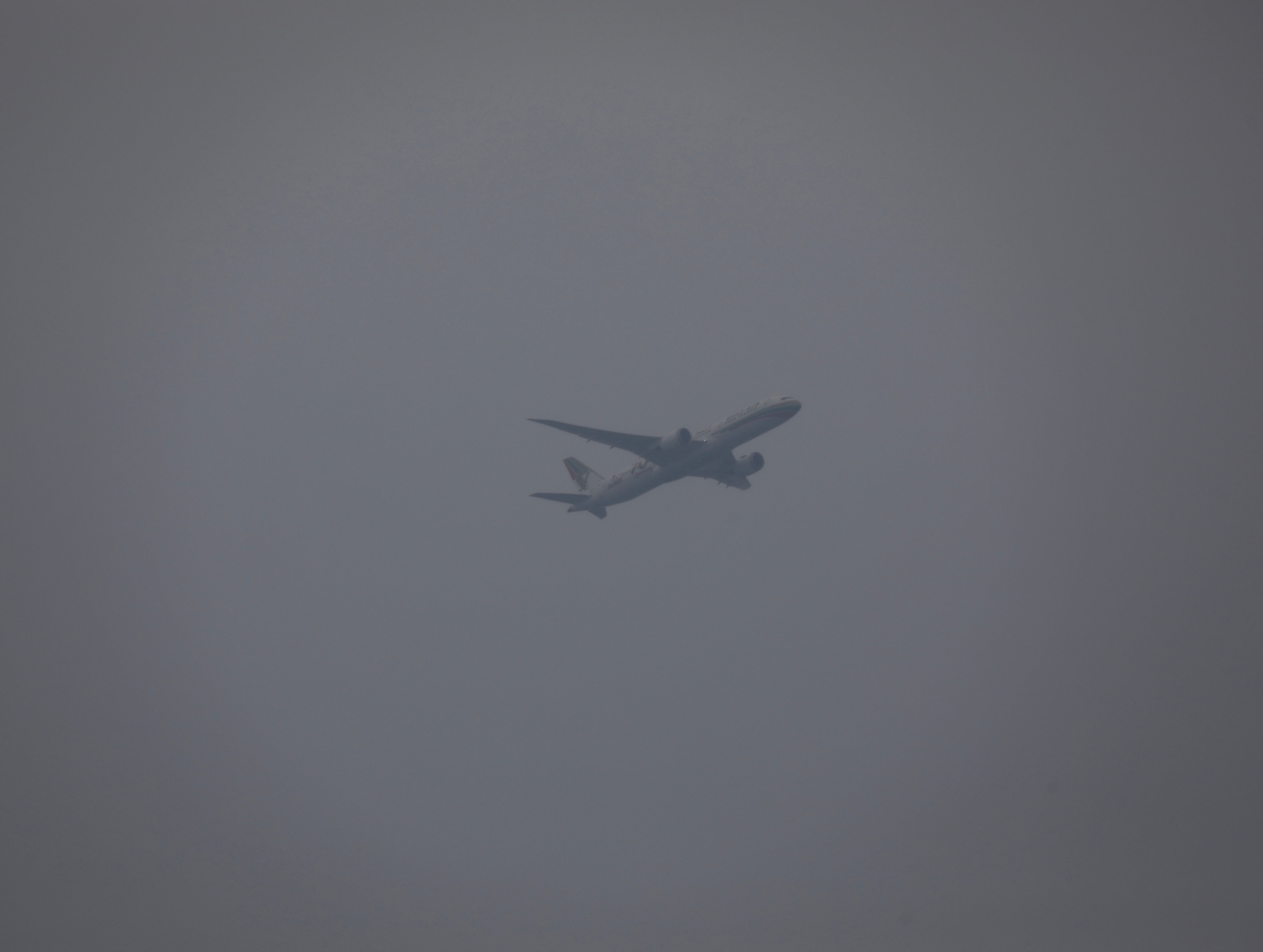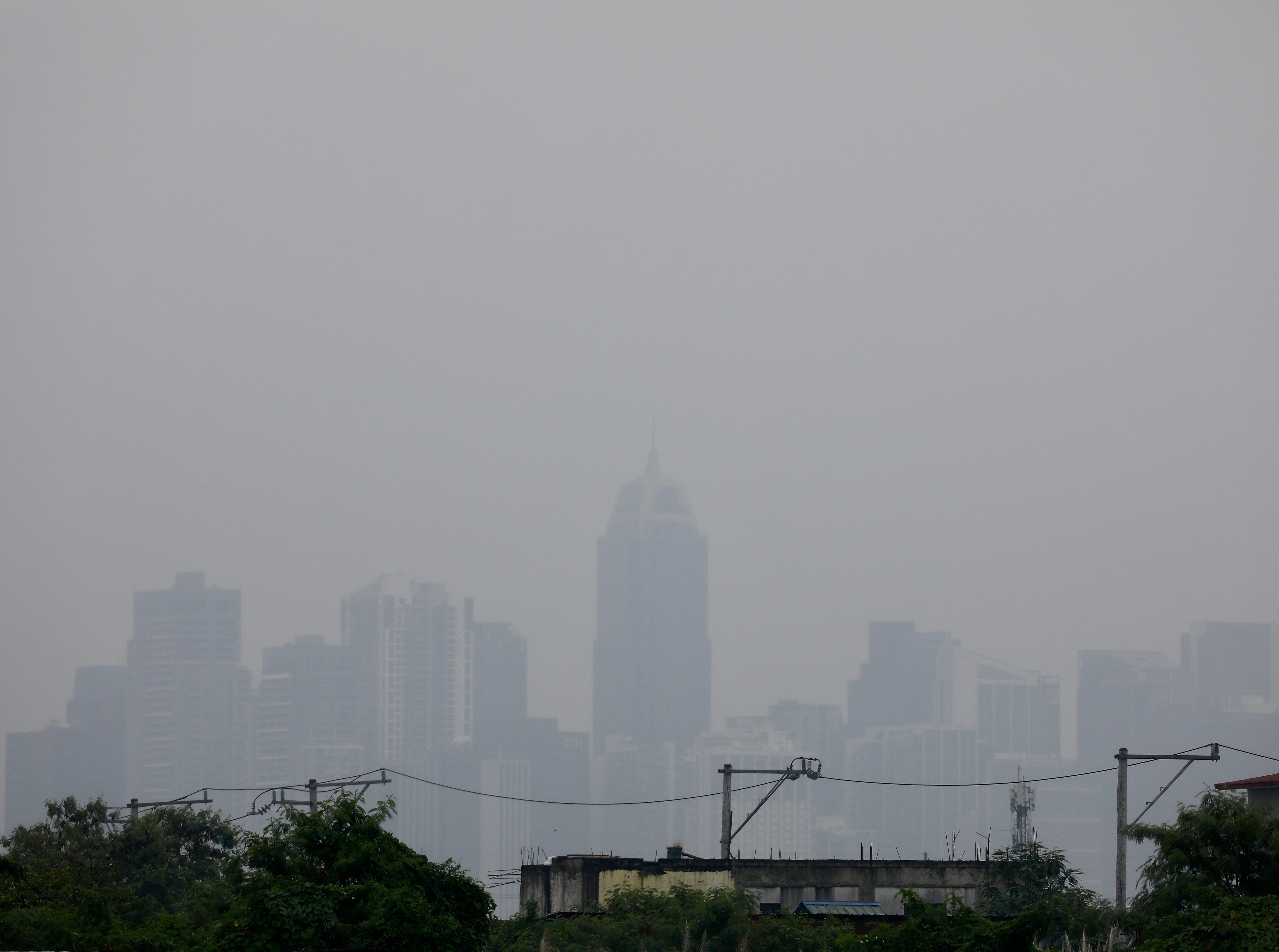Phillippines urges residents to mask up as volcanic smog blankets capital
Resident told to mask up in affected areas as schools forced to close

Your support helps us to tell the story
From reproductive rights to climate change to Big Tech, The Independent is on the ground when the story is developing. Whether it's investigating the financials of Elon Musk's pro-Trump PAC or producing our latest documentary, 'The A Word', which shines a light on the American women fighting for reproductive rights, we know how important it is to parse out the facts from the messaging.
At such a critical moment in US history, we need reporters on the ground. Your donation allows us to keep sending journalists to speak to both sides of the story.
The Independent is trusted by Americans across the entire political spectrum. And unlike many other quality news outlets, we choose not to lock Americans out of our reporting and analysis with paywalls. We believe quality journalism should be available to everyone, paid for by those who can afford it.
Your support makes all the difference.Volcanic smog has blanketed the Philippine capital Manila and nearby provinces, with residents urged to stay indoors and schools forced to close.
Taal, a small but restive volcano near the capital, spewed above-average sulfur dioxide and volcanic smog on Friday, prompting authorities to issue a health warning and urge residents in affected areas to mask up.
The state volcanology and seismology institute said it observed upwelling of hot volcanic fluids in the Taal volcano‘s crater lake, resulting in the emission of volcanic gases.
The health alert sits at level 1 on a five-level scale, denoting a “slight increase in volcanic earthquake, and steam or gas activity”.

Located in a scenic lake in Batangas province near Manila, the 311-metre (1,020-foot) Taal is among the most active of 24 volcanoes in the Philippines.
In January 2020, it spewed a column of ash and steam 9.32 miles high, forcing more than 100,000 people to evacuate and dozens of flight cancellations as heavy ash fell as far away as Manila.
“We have reports of respiratory illnesses in Batangas province due to intoxication from the volcanic smog,” Randy Dela Paz, operations section chief at the civil defence’s southern Manila office, told DWPM radio.
The Philippine Institute of Volcanology and Seismology director Teresito Bacolcol told The Manila Times the current smog should not be a cause for residents to panic as the alert level is low, but said people in affected areas to be vigilant and wear masks when they smell the smog.

Volcanic smog, or vog, consists of fine droplets containing volcanic gas like sulfur that can cause irritation of the eyes, throat and respiratory tract.
Authorities suspended Friday classes in dozens of towns and cities in the Cavite, Laguna, and Batangas provinces adjacent to Taal volcano, and in five cities in the capital region.
The aviation authority on Friday told pilots to avoid flying close to the volcano‘s summit “as airborne ash and ballistic fragments from sudden explosions may pose hazards to aircrafts”.
The Philippines is in the Pacific “Ring of Fire,” where volcanic activity and earthquakes are common.
Join our commenting forum
Join thought-provoking conversations, follow other Independent readers and see their replies
Comments